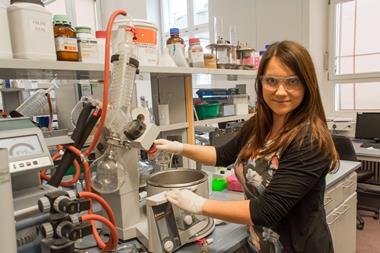Social media is a powerful tool for researchers looking to share their findings with a wider audience. However, for academics to reach out beyond their usual audience of colleagues and peers they need to pass a threshold of followers on social media before they stop preaching to the choir and start reaching the general public.
This finding was made by ecology and evolutionary biology researchers Isabelle Côté and Emily Darling at Simon Fraser and Toronto University both in Canada, who analysed the Twitter followers of 110 colleagues, hailing from 85 institutions in 11 countries. They found that a majority of their followers (55%) were other scientists, a phenomenon they call ‘inreach’. However, once they crossed the 1000 followers threshold, the composition of their audience started to change. Beyond around 1000 followers journalists and members of the general public started taking notice, with decision-makers ultimately joining at around 2200 followers. Crossing this threshold also helps to amplify the researchers’ messages, as they benefit from the higher Twitter reach of followers who are politicians, journalists or otherwise in the public eye.
The authors highlight that Twitter is a powerful tool ‘in most parts of the life cycle of a scientific publication’. They also remark that papers that are tweeted about more often correlate with a higher number of citations. Accordingly, they recommend that scientists with an interest in using Twitter to spread their work build a significant follower base.
References
I M Côté and E S Darling, Facets, 2018, DOI: 10.1139/facets-2018-0002












No comments yet